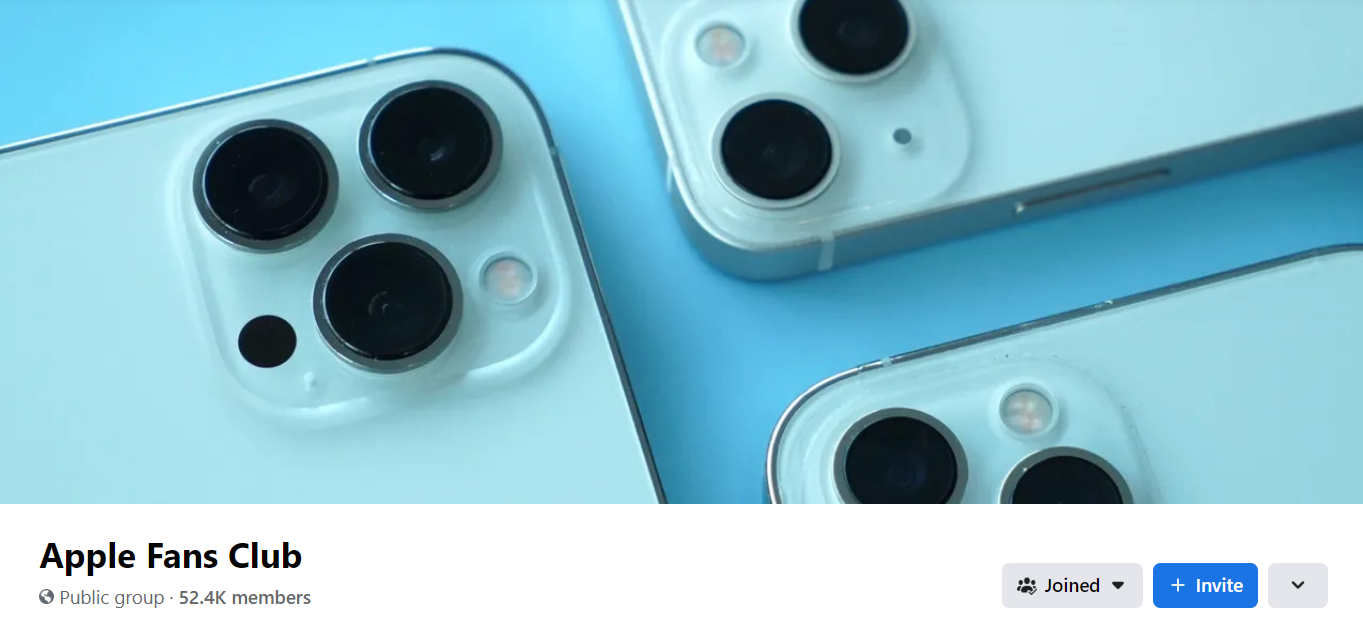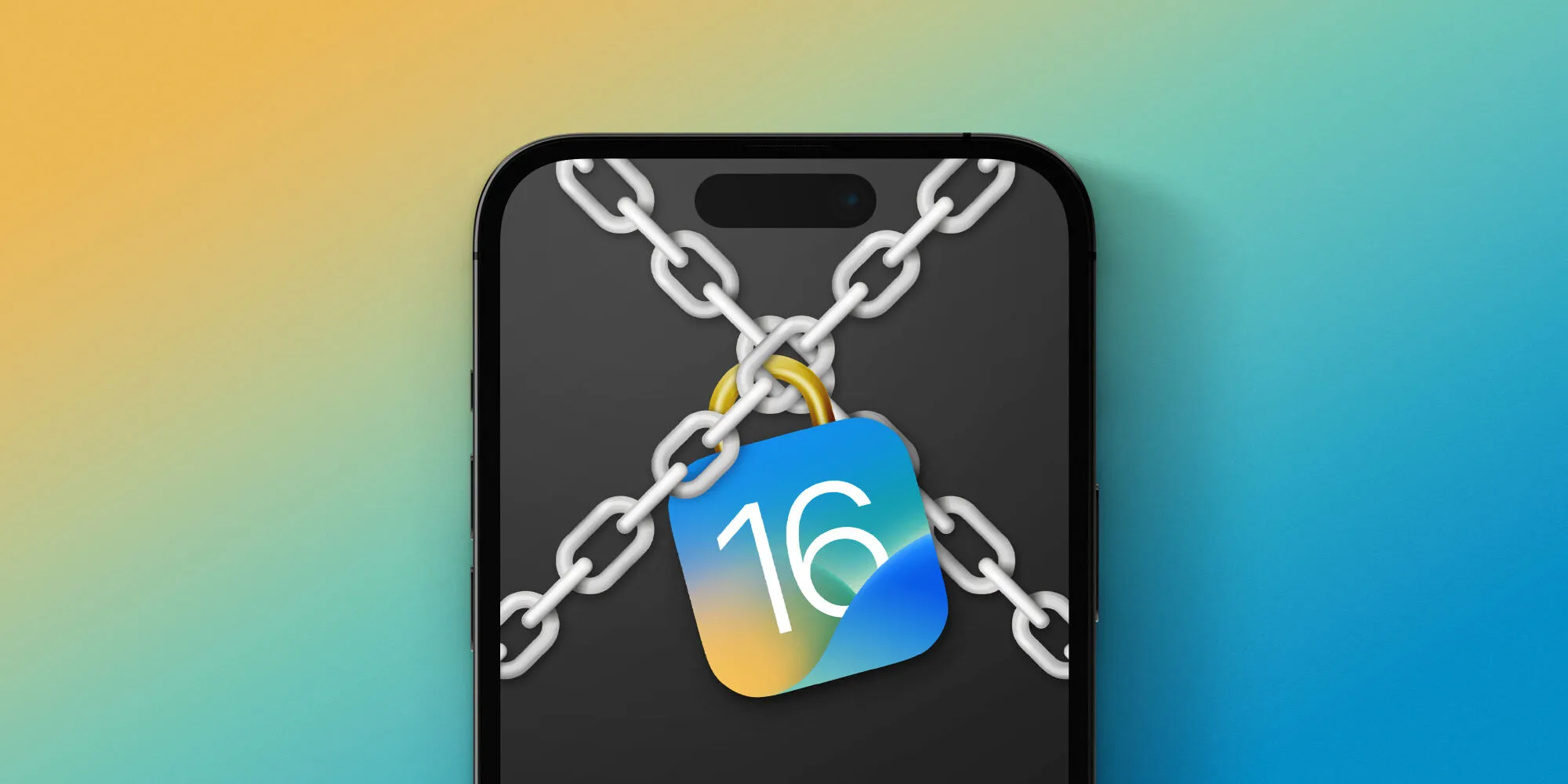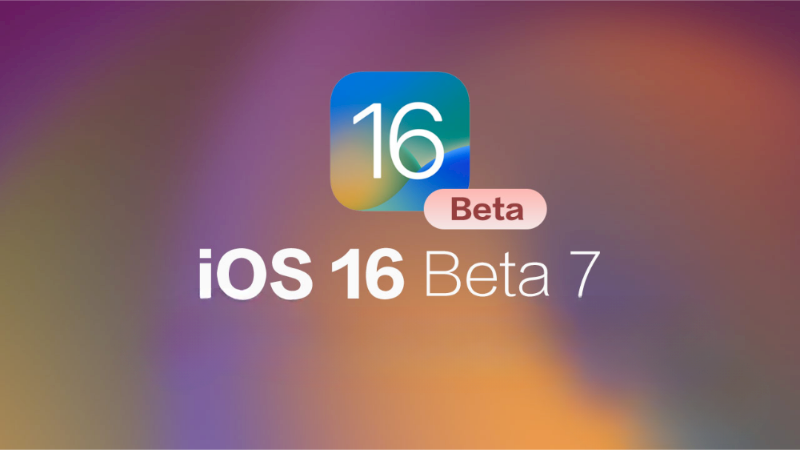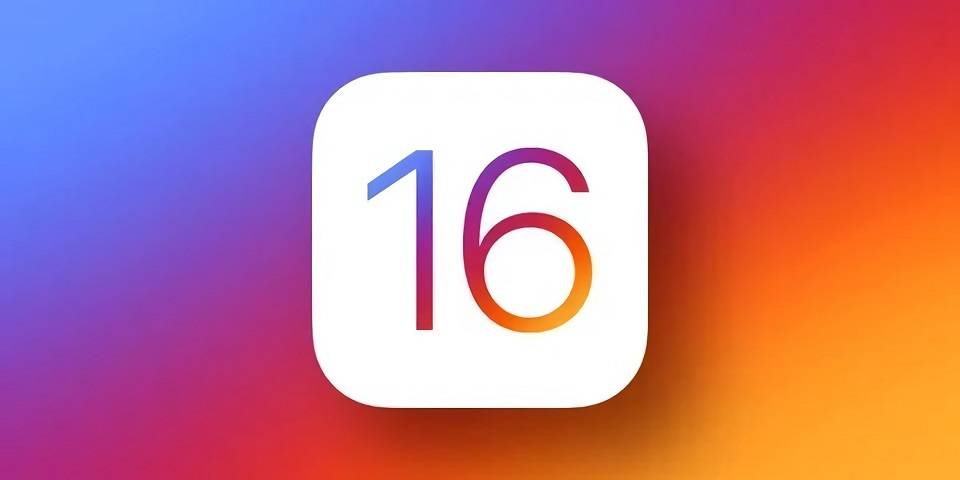With every new OS update comes complaints about battery life, and iOS 16 is no exception. Rapid battery drain is often seen after an update due to behind-the-scenes syncing and updates, but sometimes the problem can last longer.
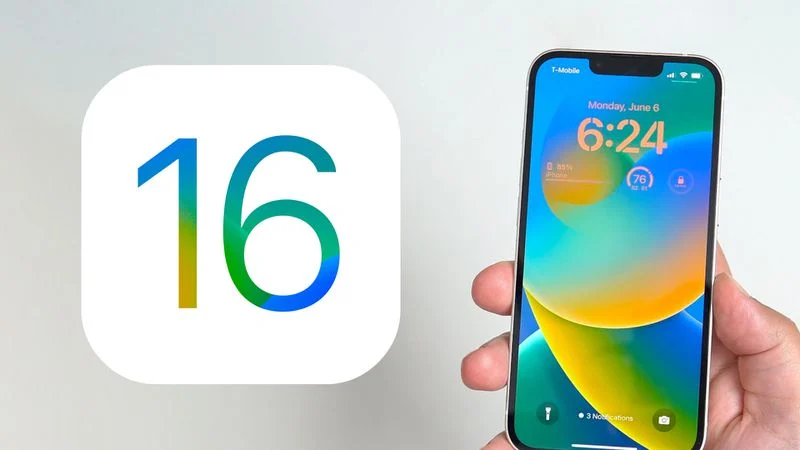
Battery life issues can be caused by new features implemented by Apple, bugs that need to be fixed, or increased usage after an update. Whatever the reason, we’ve rounded up some tips on how to get more battery out of your iPhone when that last bit matters.
Note that there aren’t many recommendations that don’t disable key features on your iPhone, so you’ll have to balance battery consumption with the set of features you want to enable, turning them off and on as needed when you need longer battery life.
1. Turn Off Live Activities
In iOS 16.1, Apple added a Live Activity feature that allows apps to keep constant notifications on the lock screen or on the iPhone 14 Pro’s Dynamic Island. Real-time activity can be used to track sports, follow a flight, exercise, and more, right from the lock screen or “dynamic island”.
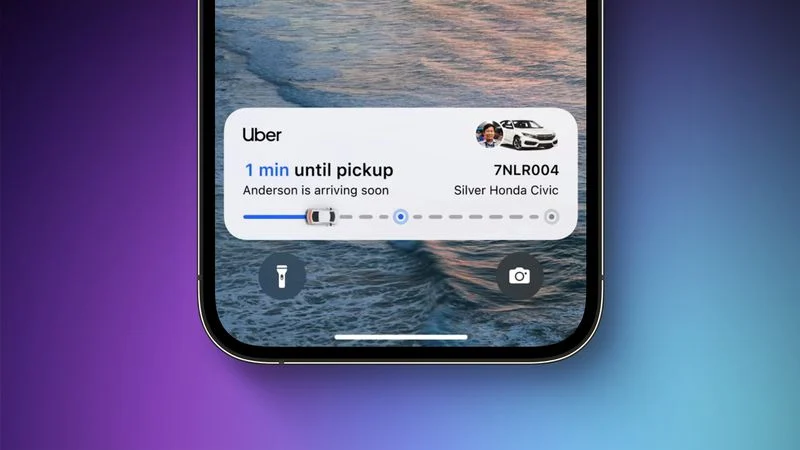
Everything you do on your iPhone drains battery power, including real-time activity. There are reports on Reddit about disabling the feature to improve battery life, and it’s no surprise that turning off persistent notifications stops battery draining. Live activity can be disabled by following these steps:
- Open up the Settings app.
- Go to Face ID & Passcode.
- Enter your passcode to unlock the iPhone.
- Scroll down and toggle off Live Activities.
This will prevent live activity from showing on the lock screen, but you need to go a step further. In the various app sections of the Settings app, you can disable Live Activity on an app-by-app basis, or avoid using the Live Activity feature in an app.
You can’t disable Dynamic Island completely, but you can swipe left on any running animation to turn it off.
2. Delete Lock Screen Widgets
In iOS 16, Apple overhauled the lock screen, adding widget options. Widgets are always visible on the lock screen, and many are refreshed in the background, which means they are draining battery power.
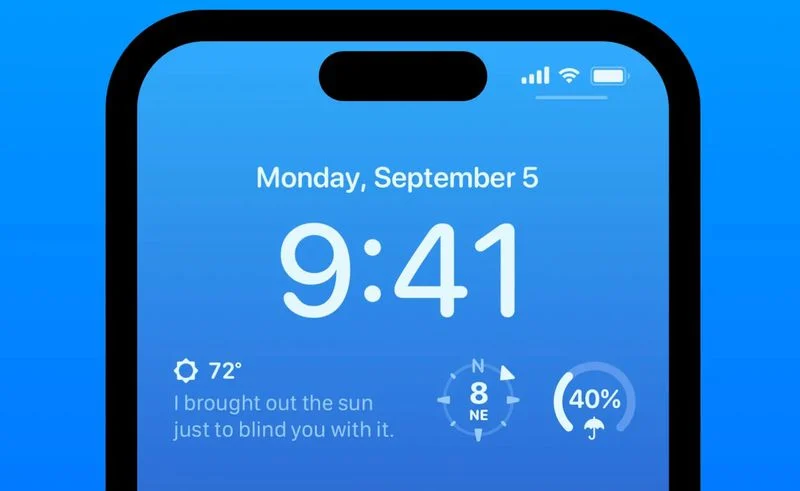
If you’re concerned about battery life, you might want to create a lock screen without widgets. Fortunately, iOS 16 supports multiple lock screens that you can switch between, so if you want to use widgets occasionally, you can.
For details on adding widgets, removing widgets, and creating lock screens, we have a dedicated iOS 16 lock screen guide.
Widgets can also be displayed on your home screen, a pre-iOS 16 feature. For those concerned about battery life, we recommend not using the Home Screen widget.
3. Disable Haptic Keyboard Feedback
Apple also added an interesting feature in iOS 16 that gives you haptic feedback when you use the on-screen keyboard. Every keystroke vibrates for a more satisfying typing experience, but you may not know it drains your battery.

Apple says right in a support document that keyboard haptics might affect battery life, so it’s not something you want to use when you don’t have battery to spare. It’s not on by default, but if you’ve enabled it, you can turn it off by following these steps:
- Open up the Settings app.
- Tap on Sounds & Haptics.
- Tap on Keyboard Feedback.
- Toggle off Haptic.
4. Turn Off Always-On Display (iPhone 14 Pro)
Always-on display isn’t a iOS 16 feature, but it’s tangent because it was introduced in the iPhone 14 Pro and Pro Max, the first devices to have iOS 16 preinstalled. As the name suggests, Always On Display displays the time, wallpaper, widgets, and live activity on the lock screen even when the iPhone is locked.

The display uses a 1Hz refresh rate to save battery power, and Apple has some neat tricks like turning off the display when the connected Apple Watch isn’t nearby (meaning the iPhone user isn’t in the room) or when the iPhone is in a pocket, but the always-on display is still better than No always-on display drains the battery faster.
You can turn off always-on display by following these steps:
- Open up the Settings app.
- Tap on Display & Brightness.
- Toggle off Always On.
It’s unclear how much battery life the always-on display will consume, as it will vary by use case, but even just a few percent is worth turning off, especially if it’s not a feature you find useful.
5. Don’t Use iCloud Shared Photo Library
iCloud Shared Photo Library is an iOS 16.1 feature that lets you use the standard Photo Library with five other people, each of whom can upload, edit, and delete images. Using iCloud to share your photo library can cause other people’s photos to sync to your iPhone at inopportune times, draining battery life.

If you’re concerned about battery, it’s one of the features that might be helpful to avoid using by not setting it up and not accepting invitations to join. If you want to use iCloud Shared Photo Library but still cut down on battery and data usage, you can turn on a setting that only allows syncing over Wi-Fi.
- Open up the Settings app.
- Scroll down to Photos.
- Tap on Cellular Data.
- Toggle off Cellular Data.
Uploads will be restricted to Wi-Fi, so photos shared with you won’t download to your device when you only have a cellular connection.
6. Choose Non-Animated Wallpapers
Some of the fancy wallpapers that Apple added with iOS 16 are animated, and an animated wallpaper will drain just a bit more battery than a static wallpaper. If you’re optimizing and don’t care much for the animations, choose something that’s not going to update throughout the day.
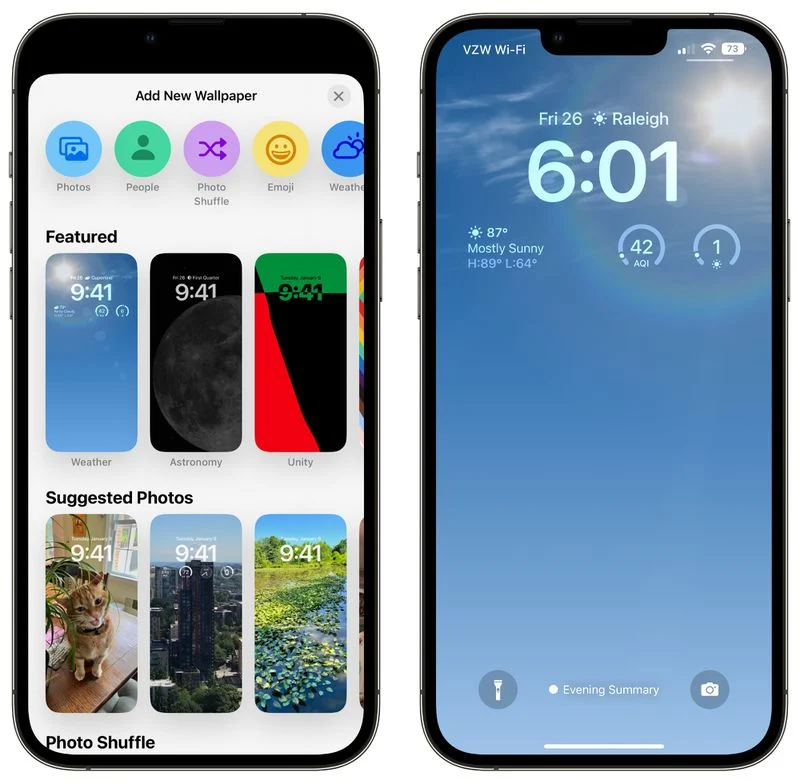
The Weather wallpaper, for example, changes based on the conditions, and the Photo Shuffle option swaps through your selected photos during the day. The Astronomy wallpaper also changes based on current conditions.
7. Use Focus Modes
Using Apple’s built-in Focus option can cut down on the number of notifications that you’re receiving during the day, and fewer notifications means less opportunity for apps to wake up your display and cause battery drain.
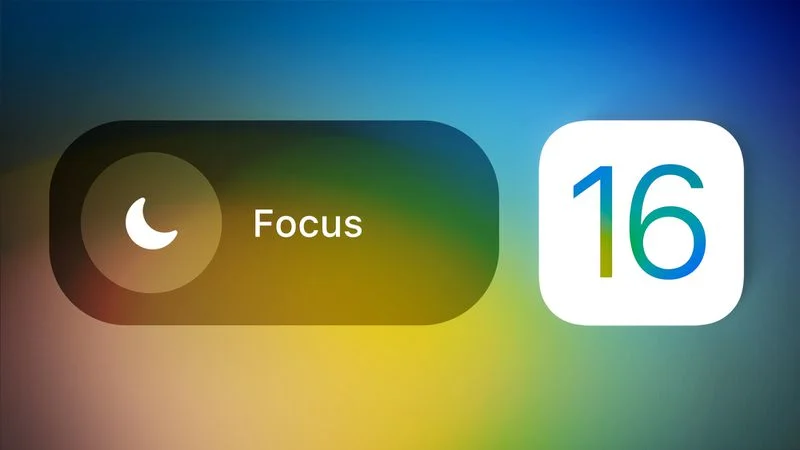
Focus Mode lets you choose which apps and people can send you notifications and when, so during work hours you can make sure you only get work notifications, and during personal time you can limit your work notifications. You can limit notifications while driving, sleeping, exercising, and any other situation you can think of. The focus filter even lets you filter out selected emails, messages, calendars, and more.
When focus mode ends, you still get all notifications, but all in one alert instead of multiple alerts. Turning off unwanted notifications from apps is still the best way to save battery life, but Focus lets you keep notifications while still reducing the number you receive at any given time.
Apple made Focus mode easier to set up in iOS 16, but it still takes a bit of work to get everything working, so we have a dedicated guide to Focus. You can find all Focus features in the Focus section of the Settings app.
8. Use App Summary
It’s also worth making sure that any app that sends non-important notifications is relegated to the App Summary, which saves up notifications and sends them to you once or twice a day. App Summary isn’t an iOS 16 feature, but if you’re not already using it, it’s worth checking out.
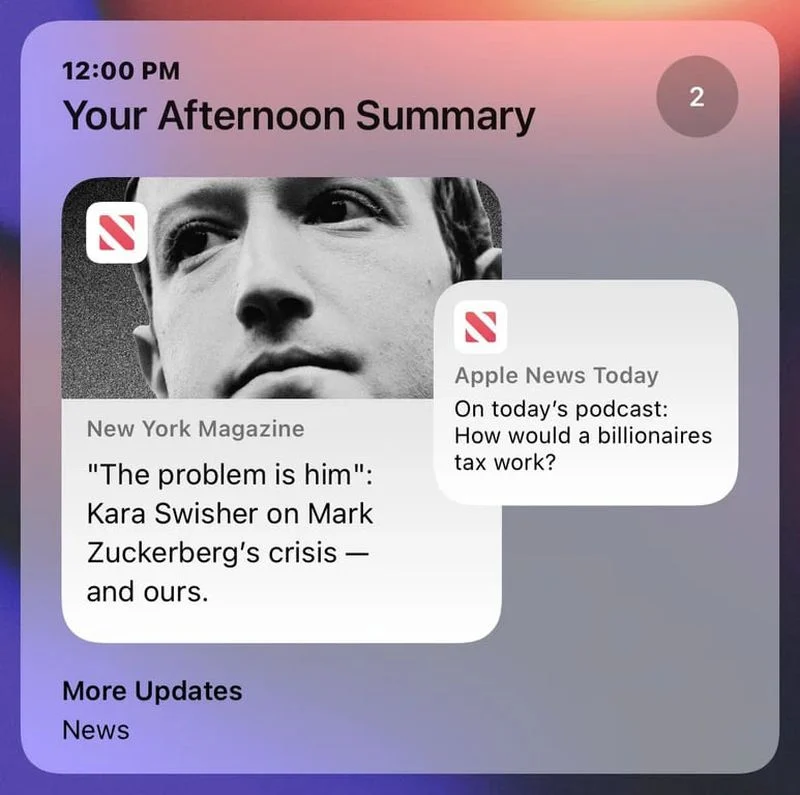
You can toggle on App Summary for apps in the Notifications section of the Settings app.
9. Limit When and How Often Apps Can Access Location
These next several tips aren’t iOS 16 specific, but it’s always good to check in on these settings to make sure apps and services aren’t doing things you don’t want them to be doing.
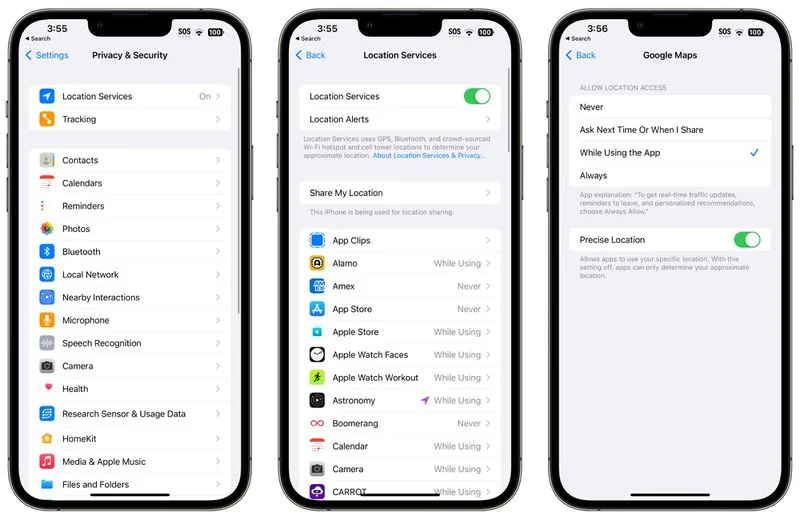
Limiting the apps that have access to your location and how often apps can access that data can save battery life.
- Open up the Settings app.
- Choose Privacy.
- Tap Location Services.
- Review the list and edit settings by tapping on the name of each app in the list.
You have four possible choices for location settings for each app, though not all four choices will always be available for every app depending on what it does. You can select the following: Never, Ask Next Time or When I Share, While Using the App, and Always.
Never will prevent an app from ever accessing your location, and unless there’s a specific need for an app to know where you are, such as a mapping app, setting location access to Never is the best choice.
Ask Next Time will prompt an app to ask you with a popup the next time that it wants your location, so you can temporarily approve it. With this setting, location access is off until expressly allowed via the popup.
While Using the App allows the app to detect your location only when the app is open and being actively used. If you close the app or switch over to another app, location access ends.
Always allows an app to have access to your location at all times, regardless of whether it’s open or closed. This will result in the most battery drain and should be limited to only the apps that you need the most.
A lot of apps will ask for location information that don’t really need it to function (for example, a banking app might want location access to show nearby ATMs, which is also available through entering a zip code), so clearing the cruft will ensure no apps are accessing your location without express permission.
You can also turn off Location Services a
ll together, but it’s not ideal because it can impact crucial apps like Maps.
10. Limit Apps Using Bluetooth
Your iPhone lets you know when apps have requested Bluetooth, and there are quite a few apps that want Bluetooth access for location tracking, scanning for Chromecast devices, or other not so useful reasons.

Checking on the apps using Bluetooth is worthwhile to make sure that you don’t have a sneaky app connecting to Bluetooth sources without your permission and draining battery. To get to Bluetooth settings:
- Open the Settings app.
- Tap on Privacy.
- Tap Bluetooth.
Apps like Facebook, HBO Max, Hulu, and others don’t need Bluetooth access for the most part, so toggle off any app that doesn’t need a Bluetooth connection to function. If a feature in an app stops working, you can just turn it right back on.
Disabling Bluetooth is also an option, but it’s used for AirPods, Apple Watches, and other accessories, so turning it off isn’t feasible for most people.
11. Use Low Power Mode
Using Low Power Mode liberally is an obvious choice for maintaining battery without having to hassle with a lot of settings, and you can toggle it on from Control Center, the Settings app, or using Siri. Low Power Mode cuts down on background activity, turns off your display after inactivity more quickly, limits display refresh rate, limits email fetch, cuts down on visual effects, and more.

Low Power Mode can be set to turn on at a certain battery percentage using Shortcuts, which is a handy way to have it automatically turn on when you need it.
12. Use Wi-Fi and Airplane Mode
When you can, it’s best to connect to Wi-Fi to maximize battery life, and it’s one of the battery preserving tips that Apple offers. At home or at work, make sure you connect to Wi-Fi rather than using cellular signal.
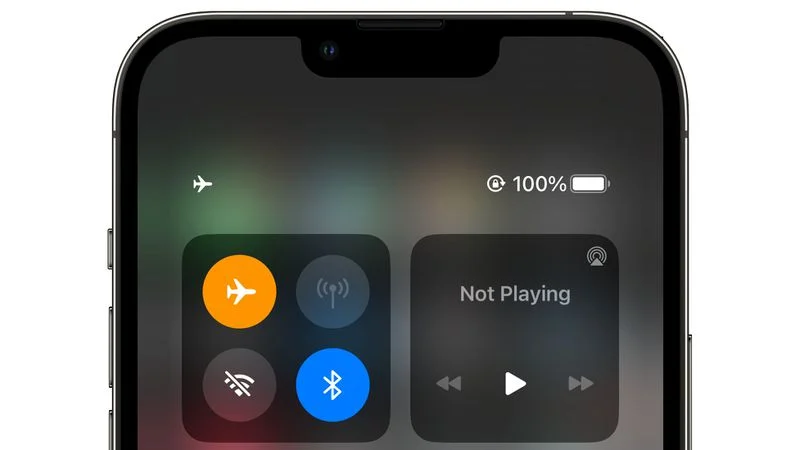
If you’re in an area with no Wi-Fi and you know you have low cellular signal, turn on Airplane Mode or turn off your cellular connection so it’s not draining your battery trying to connect. This of course only works when you don’t need a cellular connection in the moment, but it can have a big impact and you probably can’t do much with low signal anyway.
13. Manage Apps Draining Battery
Your iPhone tells you which apps are eating up the most battery so you can make sure nothing is secretly draining your battery without your knowledge. You can check your battery usage statistics by opening up the Settings app and tapping on the Battery section.
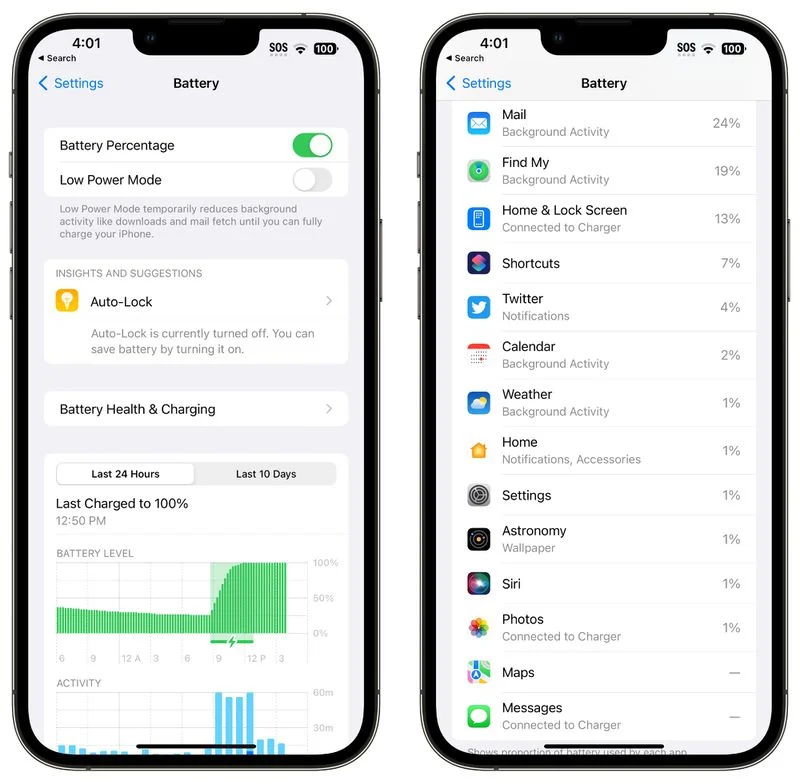
Battery usage charts let you see your battery level over the last 24 hours or for the last 10 days, plus you can see which apps have used the most battery life. If there’s an app that you don’t need that’s draining an excessive amount of battery, delete it. If you do need the app, moderate how often you’re using it and what permissions it has like location.
14. Limit Background Activity
Almost all apps use background refresh to update even when they’re not open, and limited background activity and background refresh is a longtime favorite option for cutting down on battery usage.
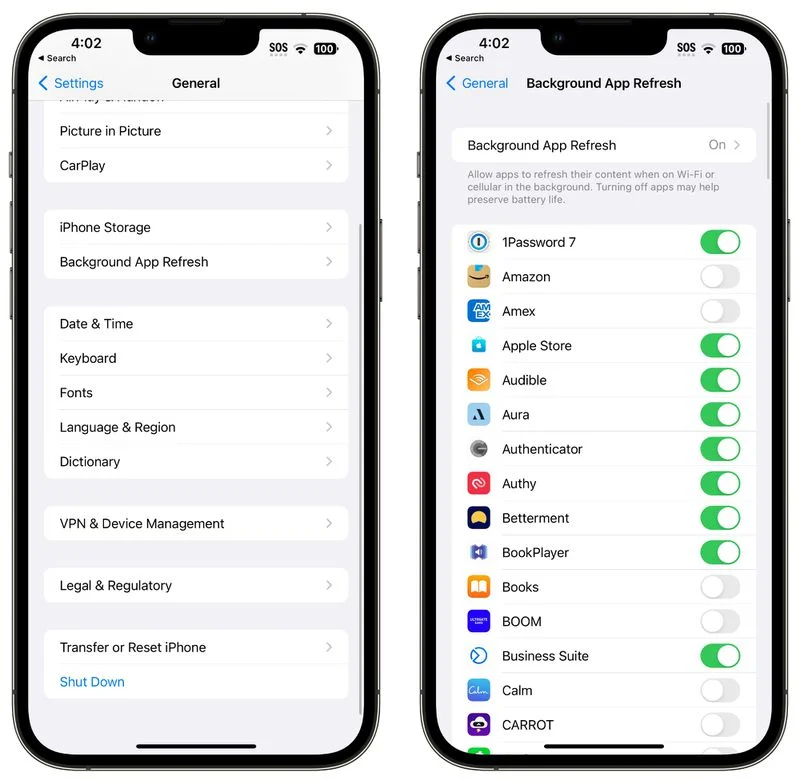
You can turn off Background App Refresh all together or choose which apps can refresh in the background.
- Open the Settings app.
- Select General.
- Choose Background App Refresh.
From here, you can tap the Background App Refresh option again to turn Background App Refresh off all together or choose to have it activate only when connected to WiFi, which doesn’t drain battery as much as downloading over cellular.
You can also choose to turn Background App Refresh on just for your most used apps by tapping on the toggle next to each app in the list.
15. Change Your Mail
Along with turning off Background Refresh, changing when and how often the Mail app checks for new emails can save you some battery.
- Open up the Settings app.
- Tap Mail.
- Tap Accounts.
- Tap “Fetch New Data” at the bottom.

From here, you can turn off Push (which lets you know right away when a new email message is available) and adjust Fetch settings on a per account basis for accounts that don’t support Push (like Gmail accounts).
Adjusting the Fetch settings to have longer intervals before checking for new messages can help save battery life, as can turning off Fetch all together in favor of manual checks that will download new messages only when the Mail app is opened.
You can choose the following settings: Automatically, Manually, Hourly, Every 30 Minutes, and Every 15 Minutes.
Conclusion
There are endless things to do to preserve battery life, and unfortunately, everything you use your phone for is going to drain battery, so it’s all about finding what works for you, what you don’t need, and where you can compromise to extend battery life
Read more articles: https://www.facebook.com/RedTomElectronics/
If you have more ideas to discuss with us, welcome to join our Apple Fans Club on Facebook.


